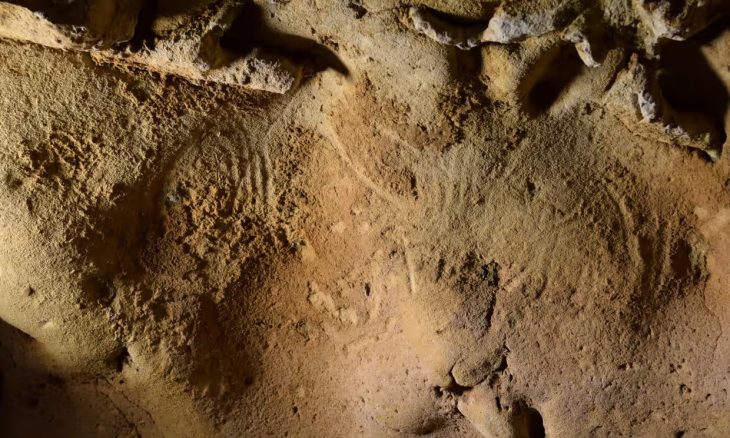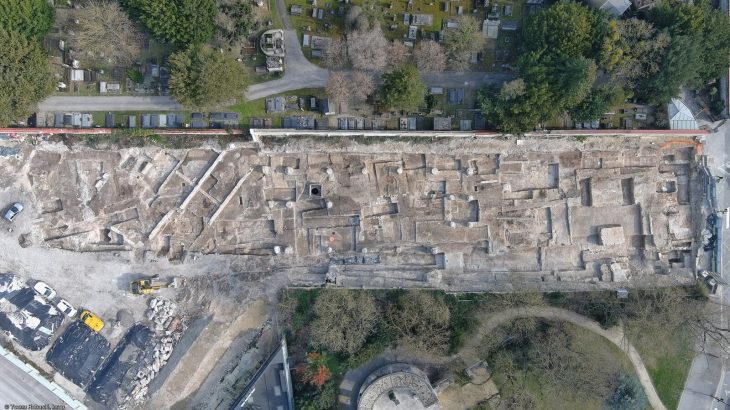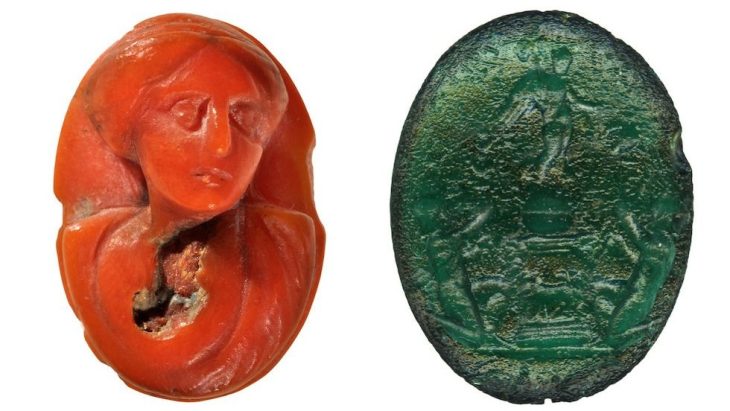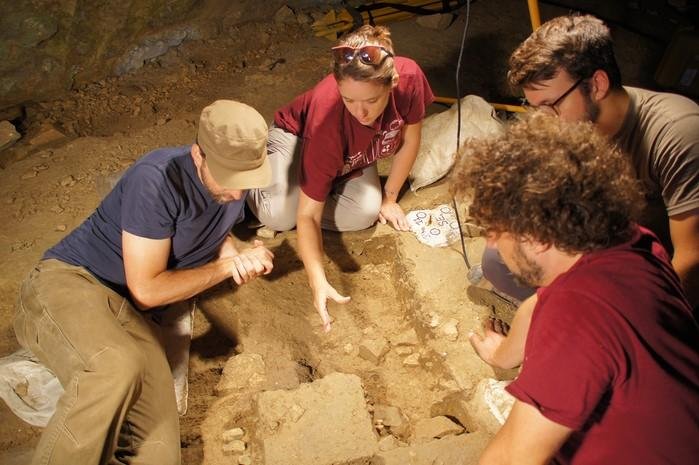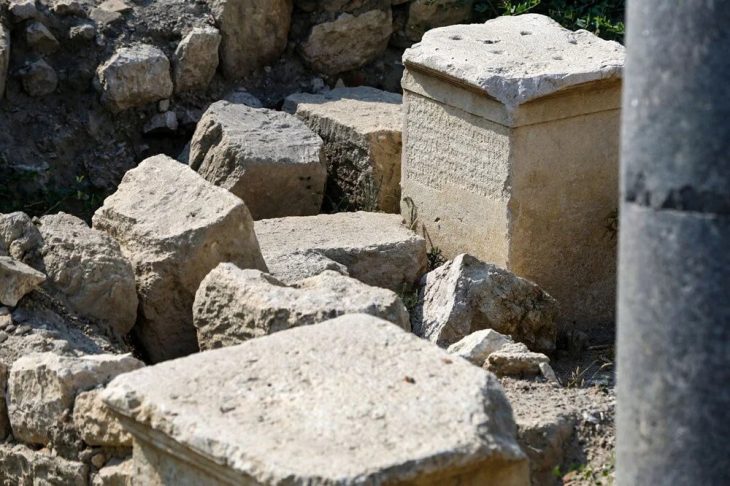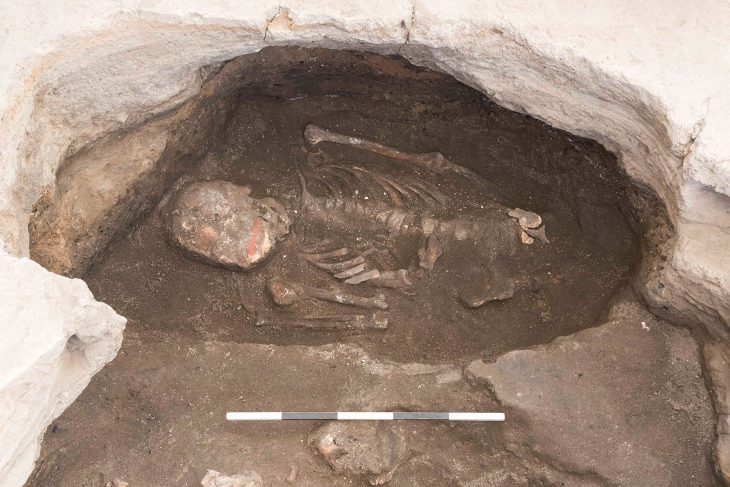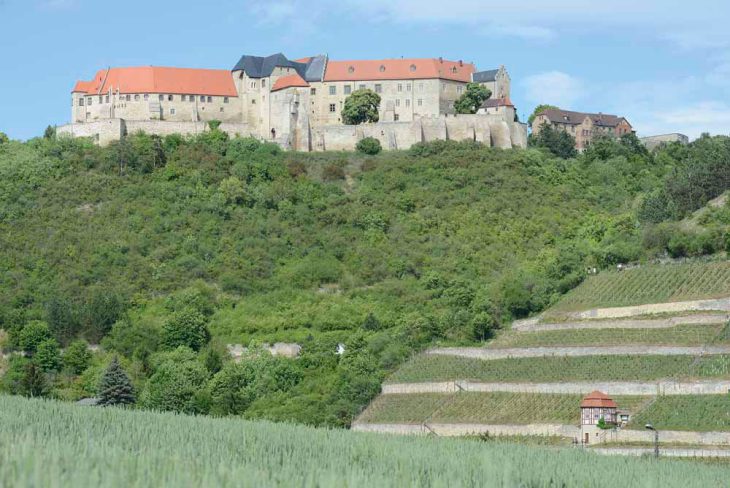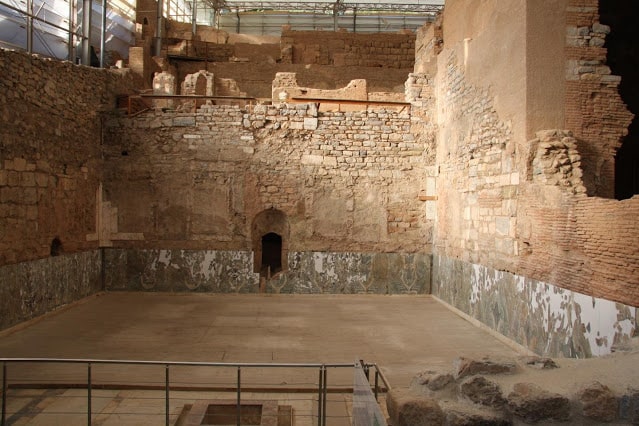The Anisa bronze tablet proves that Greek was used in Anatolia 2000 years ago and that a multicultural life existed.
Anisa was an ancient Cappadocian city located 19 km northeast of Caesarea on the site of Kültepe-Karahöyük. Assyrian texts from the 19th century BC mention the Hittite city of Kaniş (or Kaneş), from whence the word Anisa most likely originated.
Kültepe (ash-hill) is an archaeological site in Kayseri Province, Türkiye, inhabited from the beginning of the 3rd millennium BC, in the Early Bronze Age. The nearest modern city to Kültepe is Kayseri, about 20km southwest. The discovery of roughly 10,000 clay cuneiform tablets at Kültepe—dubbed “Cappadocian tablets”—made the site famous.
A city coin from the third century BC is the oldest piece of known evidence for the Greek name Anisa. While no ancient writer mentions Anisa, it is known from an inscription (ενΑνίσoις) carved on a bronze plate surrounded by relief decor that was discovered at Kültepe-Karahöyük. It is an honorary decree of the city of Anisa dated to the late 2nd or early 1st BC.
Kültepe Excavation Head Prof Dr Fikri Kulakoğlu; said that this important artefact is now in the Berlin Museum. Professor Fikri Kulakoğlu added that a council decision was written on the tablet and it was decided to hang this text in a temple in the city.
Prof. Dr. Kulakoğlu; “Kültepe is not a place known only for its tablets. During the excavations in Kültepe, a settlement sequence dating back to at least 6 thousand years ago was identified and excavations are continuing towards earlier periods.”
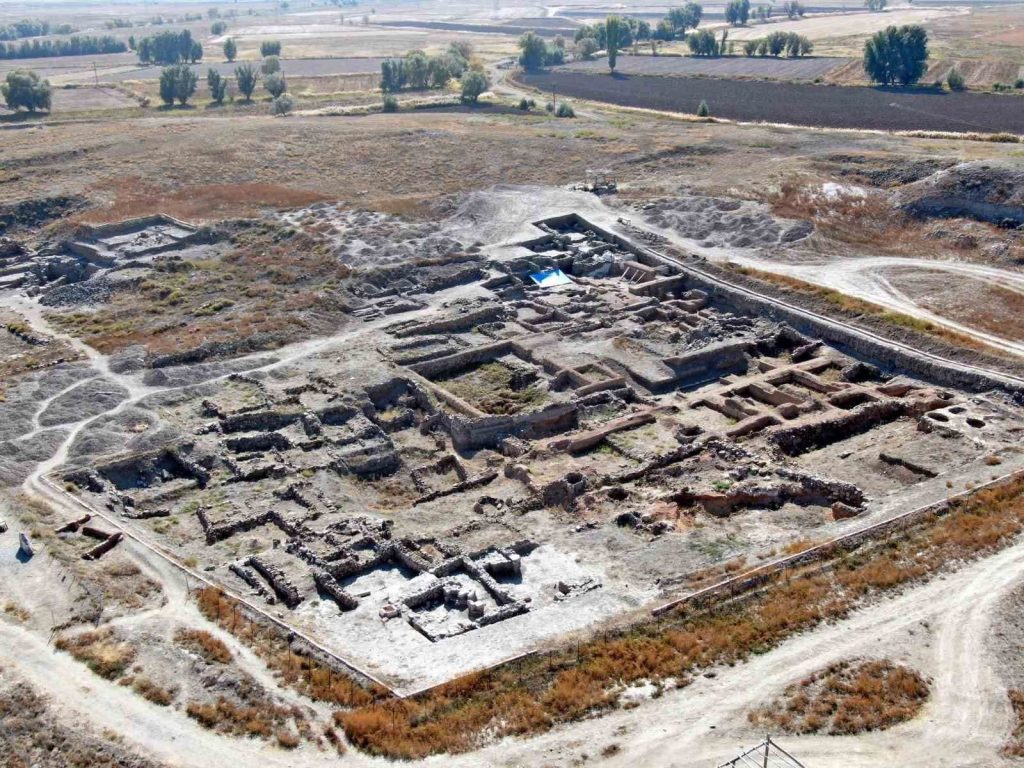
“The most interesting part is that there are very interesting data belonging to what we call the ‘Hellenistic period’, that is, the period after the 300s. We know from the excavations and research that there is a dense Hellenistic Period settlement in Kültepe. Structures related to this were also identified. Various sculptor artifacts and beautiful ceramics belonging to that period were found in what should have been a sacred building.”
The professor stated that the tablet was smuggled to Berlin by an antiquarian in the 1880s. This bronze tablet, which we call the Anisa Plate, is today in the Berlin Museum. It dates back to approximately 160-150 BC,” he said.
Prof. Dr. Kulakoğlu gave information about the characteristics of the tablet; “A council decision was written on this tablet. It was decided to hang this text in a temple here. This decision was taken by a city council in Kayseri. According to this text, it is understood that there was a city in Kaniş, Kültepe, whose name at that time was Anisa. In this decree, there is a decision to honor a high-level administrator.”
“In that sense, it is understood that Kültepe still had the status of a city, especially in later periods. Greek seems to have been the language of the city at that time. On the other hand, it is understood from the names mentioned in the tablet that there was also a Persian culture here.”
“Especially when we look at the father names of the people living here, we can understand that a truly multicultural society lived in this period,” he said.

Underlining that it is very important to exhibit a sample of the plate in Kayseri, Kültepe Excavation Head Prof. Dr. Fikri Kulakoğlu said; “I think it would be important for both Kayseri and Kültepe to meet with friends in Berlin and at least take a mould of it and display it in the museum to be established in or near Kültepe.”
The Anisa Plate and Anisa coins are among the most important data providing information about the Hellenistic Period of Kültepe. The decree on the Anisa Plate, dated between 160-150 BC, is very important as it provides information about the legal practices and social life of both Kültepe and the Cappadocia Region.
The subject of the decree, written in Greek, is the honoring of Apollonios, the son of Abbas, the administrator of the city of Anisa, with the title of ‘benefactor’ by the city council and the people’s assembly in Anisa.
Anisa’s bronze tablet contained the names of officials as well as various institutions. The tablet, which was said to be stored at the city’s temple of Astarte, also commemorated an act by the Cappadocian king Ariarathes granting the citizens of Anisa a new constitution.
The aforementioned decree had been offered at the city’s most revered sanctuary, which was devoted to the goddess Astarte. The Assyrian goddess Ishtar, who is frequently mentioned in the “Cappadocian tablets,” is identified with Astarte. Even though Astarte was not often worshipped in Asia Minor, the Hittite state was where the cult was most prevalent.



